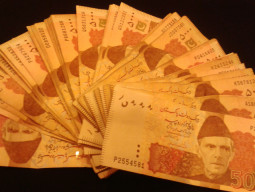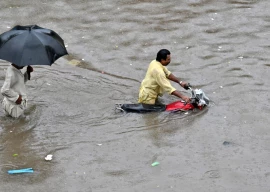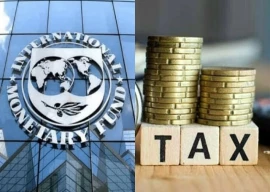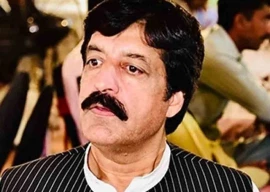
By 1930, the British had installed 41,000 miles of railway track in India. And in 1947, when they lowered the Union Jack, a massive, intricate rail network had been established by which a passenger could literally travel to almost any place in the country. In fact, it was the railways that made the hugeness of India graspable. At the time of Partition, part of the network was inherited by Pakistan. From the stories that Pakistani travellers bring back from recent visits to western, northern and central India, the various railway networks not only operate on a strict schedule, they have also kept up their high standards of service. Whether or not they are actually making a substantial profit is not clear, for certain Indian writers have expressed their doubts. Of course, if one reads the Bihar newspapers, the only person in India who knew how to make a profit in rolling stock was Lalu Prasad Yadav.

The same standards of regularity, service and strict adherence to rules that existed in the Indian Railways were present in Pakistan right up to the 1971 national election. In the peaceful 1960, we all took the Tezgam to Lahore. The dining car served a delicious three-course meal. We played bridge or flush or the odd game of chess, as glowing harvests glided past and the train sliced its way through the mustard fields of Punjab. There was also the Khyber Mail with its rich store of folklore and the express that travelled on a gradient and took us to the coal mines of Quetta up in the blue Balochi hills. And then… as is the case with almost all national institutions… things began to go terribly wrong and what was once a rail system of which we could be proud of, started to decline and deteriorated to the extent that today it has become totally bankrupt and dysfunctional. For years it has been throwing fireworks into the national hearth. Look at the decisions that led to the downfall. In the mid-2011, all goods train haulage was stopped due to a severe shortage of locomotives and fuel. One hundred and fifteen rail services were cancelled. Air conditioning in many trains was stopped. What is most depressing is that there doesn’t appear to be any way out of the financial quagmire. Haji Ghulam Ahmed Bilour had stated earlier in the week that the Pakistan Railways had incurred a loss of Rs7.9 billion in the last three years. Whether the figure is off by a billion or two is not relevant. It is still a staggering loss. Can the Pakistan Muslim League-Nawaz government put things right or will the railways become an anachronism forcing the long distance traveller to travel by bus?
Published in The Express Tribune, July 20th, 2014.
Like Opinion & Editorial on Facebook, follow @ETOpEd on Twitter to receive all updates on all our daily pieces.
COMMENTS (5)
Comments are moderated and generally will be posted if they are on-topic and not abusive.
For more information, please see our Comments FAQ







































"Of course, if one reads the Bihar newspapers, the only person in India who knew how to make a profit in rolling stock was Lalu Prasad Yadav." Lalu Prasad should be hired and put incharge of the Pakistan Railways. I am sure he will do the same what he did for the Indian Railways.
The main reason of destruction and decline of railways was the creation of NLC in 80's which took away all the goods transport business from railways.
"The systematic destruction of the railways" ++++++++++++++++++++++++++++++++ The sequel: The systematic destruction of the PIA The sequel to that: The systematic destruction of the PSM. and so on and on.
while the piece is dedicated to railway , whu it didnt analyze the work done so far by PMLN govt in last one year. Too afraid to talk about potentillay at least one success story . I think if PMLN govt and Saad Rafique is allowed to work for another 4 years , pak railway will show a remarakable improvement and return to good old days. Saad has already eleiminated corruption at the top levels . Mostly trains are in time and clean.Long term stps are being taken. Biggest is to take back the land grabs but it is not easy at all even for Saad. But writer should have talked about it all.
The write up is more of a nostalgia rather than look into the reasons of the destruction of the railway. The only reason indicated is about some decisions taken in mid 2011 but they were the effects of destruction and not the causes. lastly as usual blame the government only.